Vietnam offers tourists rich cultural encounters, ranging from ancient temples and colonial structures to bustling markets and traditional arts. Beyond the standard tourist sights, the country’s heritage extends thousands of years back in time, embracing local traditions and customs combined with those of Chinese, French, and adjacent Southeast Asian cultures.
Each region boasts a distinct cultural identity, cuisine, and tradition, exemplifying Vietnam’s diverse history and multicultural society.If you’re going on a trip that emphasizes genuine cultural immersion, Vietnam must be at the top of your travel list. Below is a compilation of 20 Vietnamese places that provide great cultural experiences for travelers looking for more than stunning landscapes.
Hội An Ancient Town
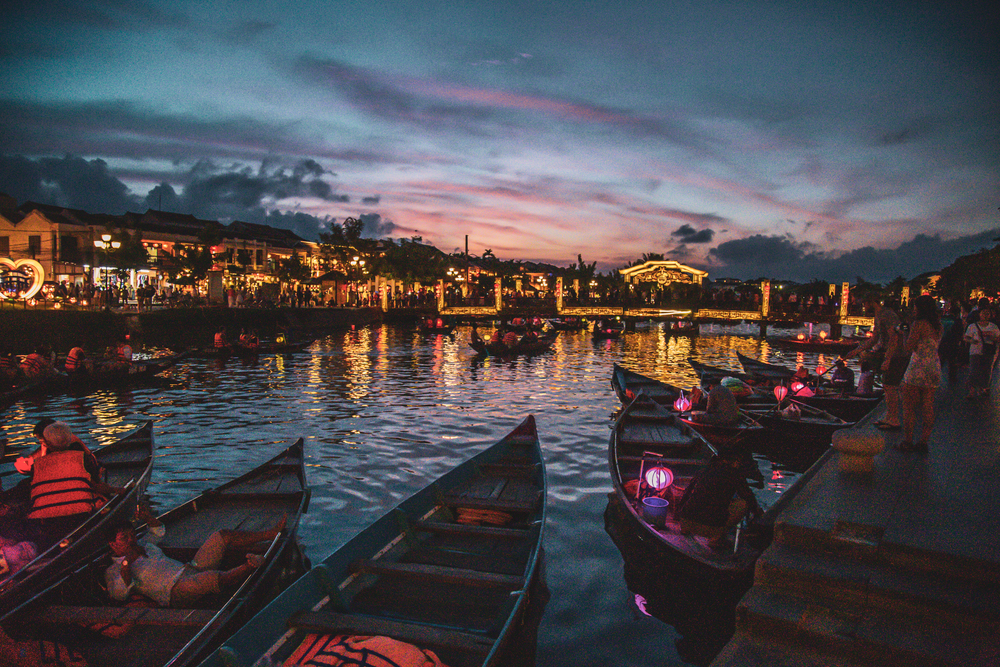
The wonderfully preserved trading town was founded in the 15th century, aunique blend of Vietnamese, Chinese, Japanese, and European architectural styles. Cobblestone streets full of life are bordered with centuries-old shophouses, clan houses, and assembly halls, aglow with colorful paper lantern light when night falls.
Visitors may also tour traditional craft workshops where artisans practice age-old skills of woodcarving, silk weaving, and tailoring.
Hanoi’s Old Quarter

Within the heart of the capital’s historic district lie streets named after commodities that were once traded here. With an almost thousand years of commercial history, these streets tell of the city’s trading ancestry.
Ancient tube houses—high-rise, thin buildings built to escape high taxes—stand among French colonial villas, Buddhist temples, and contemporary cafés. The quarter is alive as locals shop at old markets, exercise tai chi along Hoan Kiem Lake, and drink coffee at sidewalk booths with motorbikes whizzing by.
Like Travel Pug’s content? Follow us on MSN.
Hue Imperial City

Once the seat of Nguyen Dynasty emperors, this vast citadel complex represents Vietnam’s royal heritage with its impressive gates, palaces, and temples. The Purple Forbidden City within the complex served as the imperial family’s private residence, modeled after Beijing’s Forbidden City.
Despite significant war damage, ongoing restoration projects have revived many structures, allowing visitors to appreciate the sophisticated imperial architecture and elegant garden landscapes.
Sapa’s Ethnic Villages
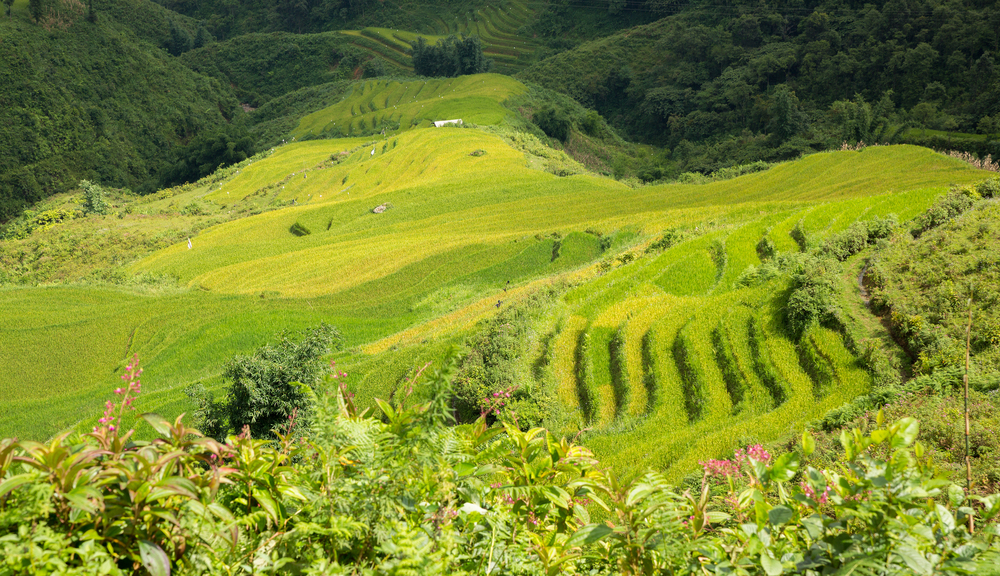
Nestled among terraced rice fields in Vietnam’s northern highlands, Sapa is home to diverse ethnic minorities, including the Hmong, Dao, and Tay peoples. Each village maintains distinct cultural traditions, evident in their elaborate traditional clothing, craftsmanship, and agricultural practices.
Homestay experiences offer opportunities to participate in daily activities, learn about indigenous knowledge, and enjoy traditional meals with local families.
Mekong Delta
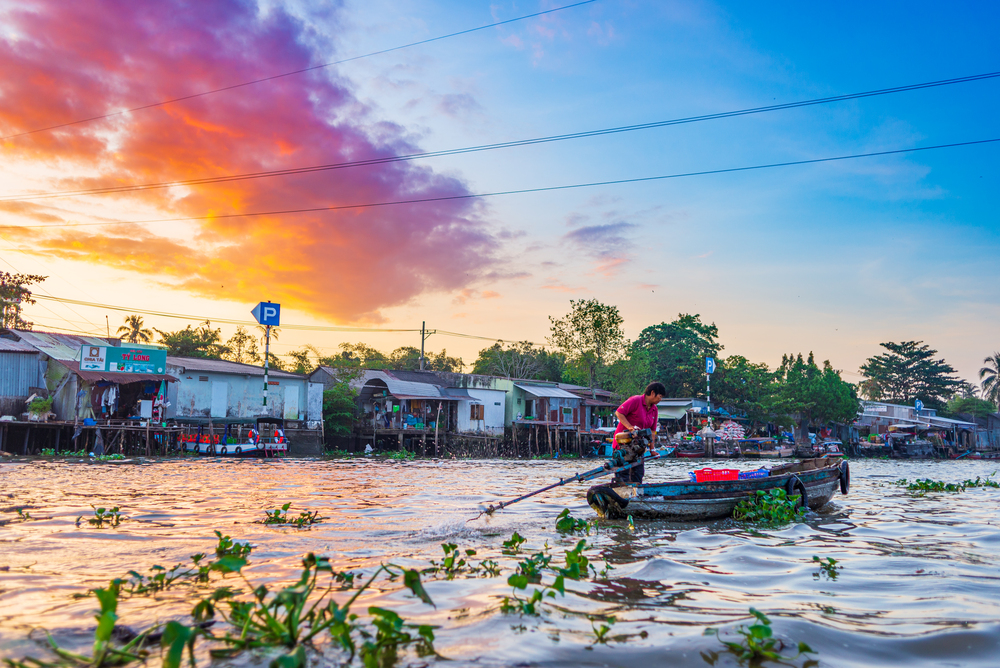
This fertile region serves as Vietnam’s rice bowl while nurturing a unique way of life adapted to its watery environment. Floating markets begin at dawn as vendors navigate wooden boats loaded with tropical fruits, vegetables, and household goods.
Traditional industries thrive in specialized villages, producing everything from coconut candy to rice paper, while skilled artisans craft intricate items from water hyacinth and other local materials.
Like Travel Pug’s content? Follow us on MSN.
Cao Dai Temple

Located in Tay Ninh province, this striking headquarters of Cao Daism exemplifies Vietnam’s religious innovation. The faith combines elements from Buddhism, Christianity, Confucianism, Taoism, and Islam into a uniquely Vietnamese spiritual tradition.
The temple’s architecture features vibrant colors, dragon-wrapped columns, and an all-seeing divine eye, creating a visually stunning sacred space. Visitors can observe the four daily prayer ceremonies where adherents in white robes gather beneath the soaring ceilings.
Duong Lam Ancient Village
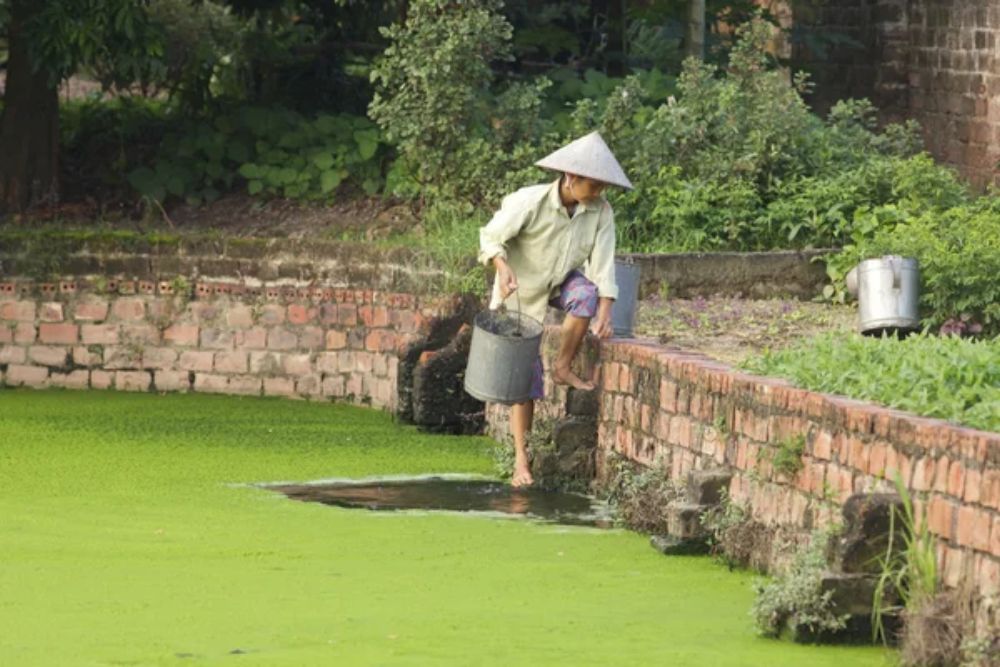
This rural community near Hanoi preserves traditional village architecture. Houses are built from laterite, a reddish clay material native to the region. Some homes have stood for over 400 years, passing through many generations of the same family.
The village layout follows ancient feng shui principles, with communal houses, wells, banyan trees, and entrance gates arranged to create harmony with the natural environment.
Bat Trang Ceramic Village
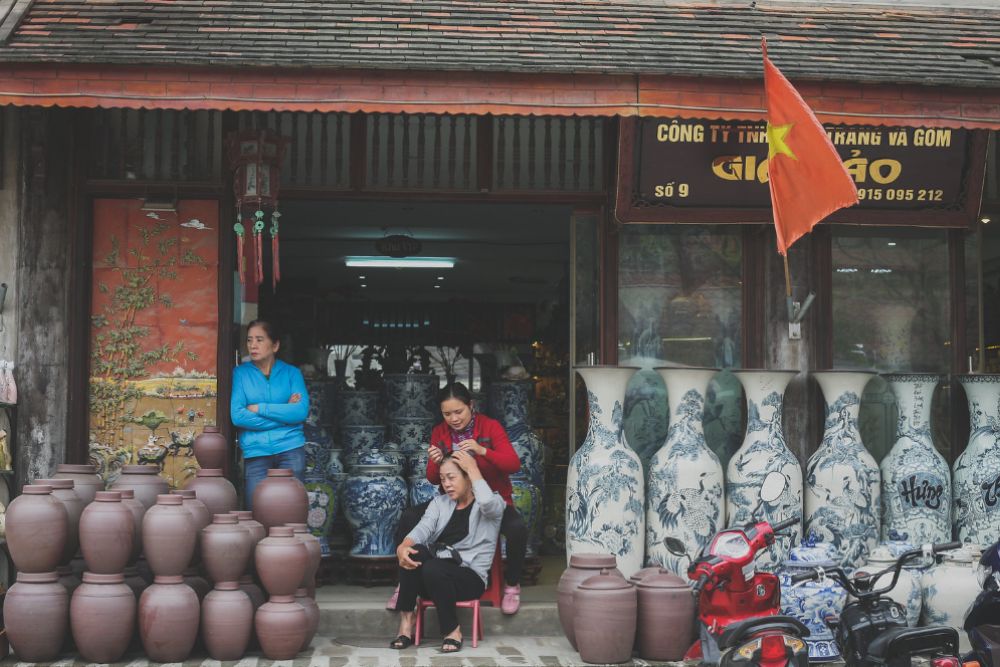
Just outside Hanoi, this 700-year-old craft village maintains Vietnam’s ceramic traditions while embracing contemporary designs. Artisan families work in small workshops using techniques passed down through generations to create everything from everyday household items to sophisticated art pieces.
Visitors can try their hand at pottery making, watch masters at work, and purchase directly from the kilns where the distinctive blue-and-white glazed pieces are fired.
Like Travel Pug’s content? Follow us on MSN.
My Son Sanctuary
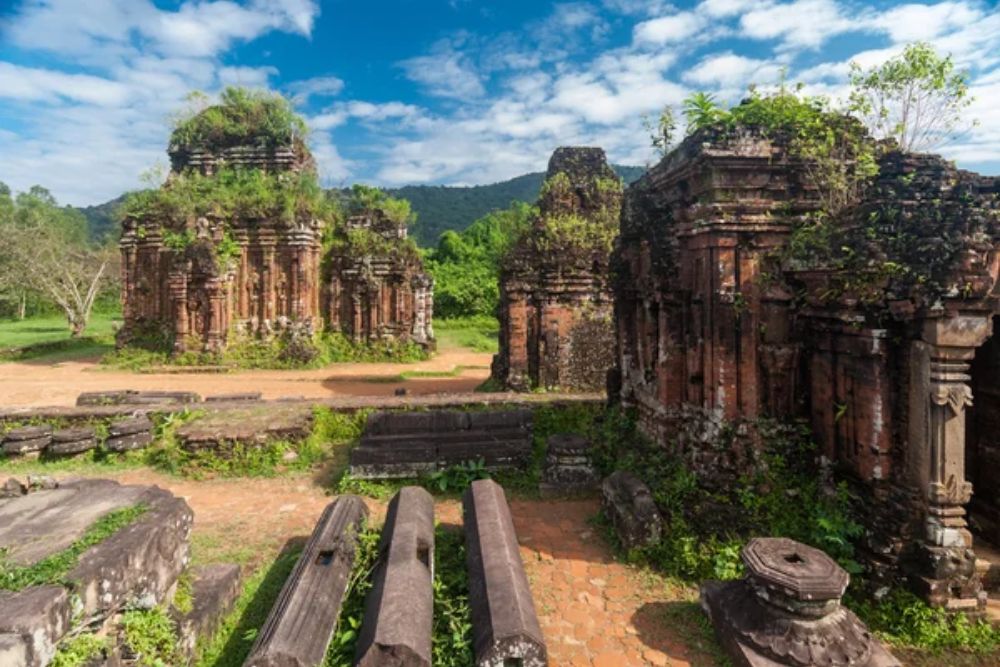
This UNESCO World Heritage site contains the remains of Hindu temple complexes built by the Champa Kingdom between the 4th and 14th centuries. The sophisticated red brick structures show remarkable engineering skill and artistic sensibility, with detailed carvings depicting deities, mythical animals, and scenes from daily life.
The site provides insight into the Cham civilization that once controlled central Vietnam and its cultural connections to India and other Southeast Asian parts.
Phu Quoc Fish Sauce Facilities

On Vietnam’s largest island, producers create some of the world’s finest fish sauce using centuries-old fermentation. Large wooden barrels contain layers of anchovies and salt that slowly transform into the amber liquid essential to Vietnamese cuisine.
Traditional production methods require patience and specialized knowledge, with premium batches aging for up to two years. Facility tours offer glimpses into this fascinating process and explain why this humble condiment holds such cultural importance.
Da Nang Museum of Cham Sculpture
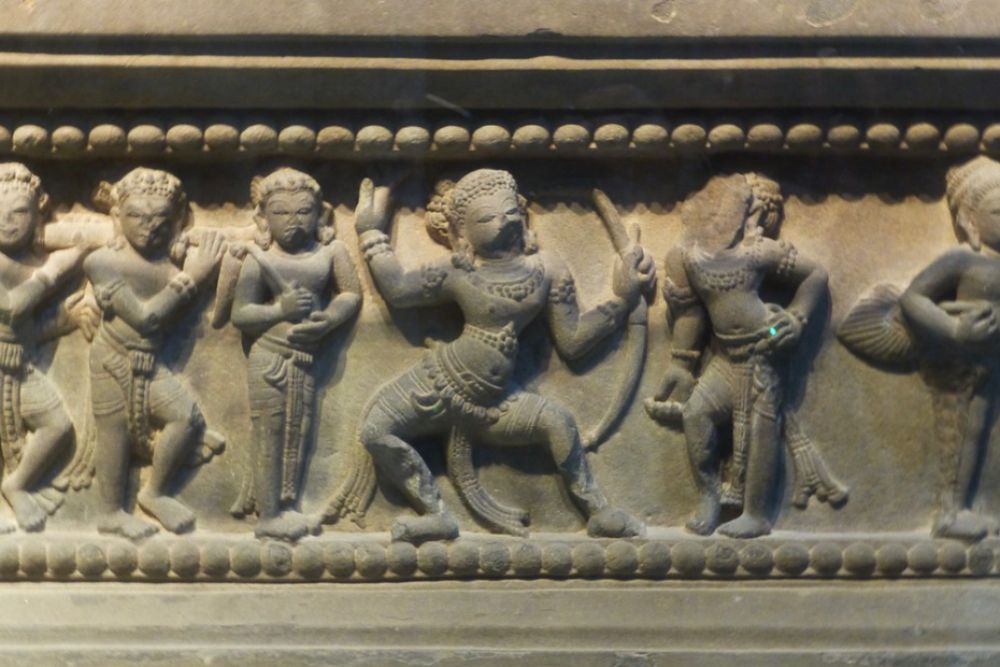
This specialized museum houses the world’s largest collection of Cham artifacts, showcasing the artistic achievements of this sophisticated civilization. Exquisite stone sculptures display Hindu and Buddhist influences adapted to create a distinctive Cham aesthetic.
The collection includes elaborate altars, mythological figures, and decorative elements rescued from temples across central Vietnam. Each piece demonstrates the remarkable craftsmanship and artistic vision that defined Cham cultural expression.
Like Travel Pug’s content? Follow us on MSN.
Perfume Pagoda
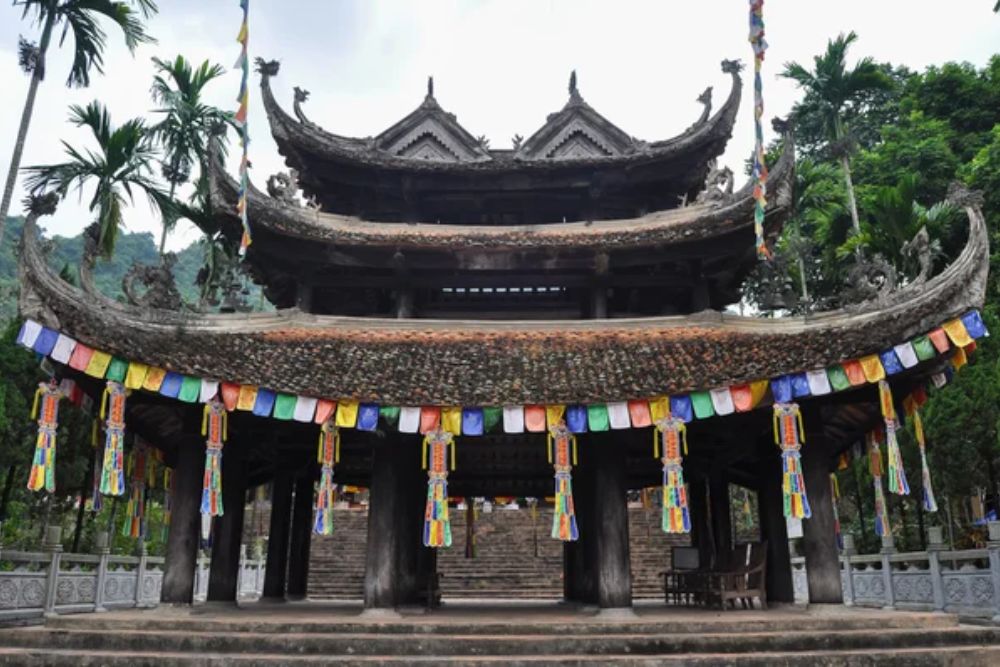
This complex of Buddhist temples and shrines is built into the limestone cliffs of Huong Tich Mountain, creating a harmonious blend of natural and spiritual environments. For centuries, Vietnamese pilgrims have journeyed here during the spring festival season, traveling first by boat along a scenic river before ascending to the various sacred sites.
The cave temples contain ancient stalactites and stalagmites, which are believed to bring blessings when touched.
Kon Tum’s Wooden Churches
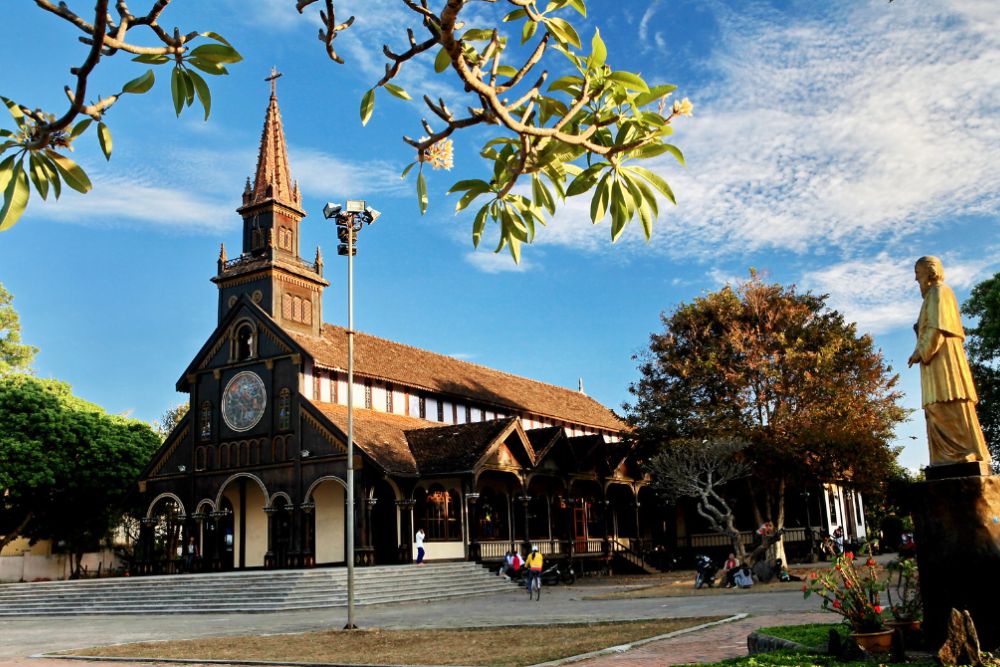
In Vietnam’s Central Highlands, unique architectural hybrids combine Roman Catholic tradition with indigenous design elements of the Bahnar and other ethnic groups. The most striking example, Kon Tum’s Wooden Church, features a tall structure reminiscent of a traditional communal longhouse with a pitched roof and decorative patterns inspired by local textiles.
These buildings represent the cultural adaptation as Catholicism spread through the highlands during the French colonial period.
Tay Nguyen Gong Culture
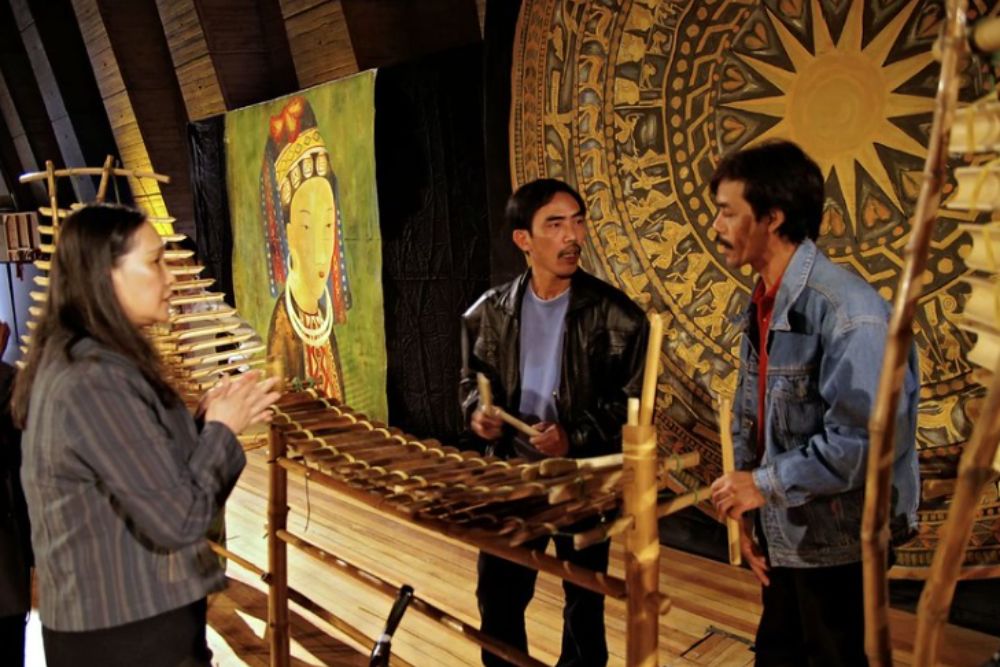
The Central Highlands region preserves ancient traditions centered around bronze gongs, which are considered sacred instruments that connect the human and spirit worlds. Different ethnic groups maintain distinct playing styles and ceremonial contexts, with some ensembles featuring up to 13 gongs of various sizes.
UNESCO has recognized this cultural practice as an intangible heritage vital to community identity, agricultural rituals, and life-cycle celebrations throughout the highlands.
Like Travel Pug’s content? Follow us on MSN.
Hue Royal Music
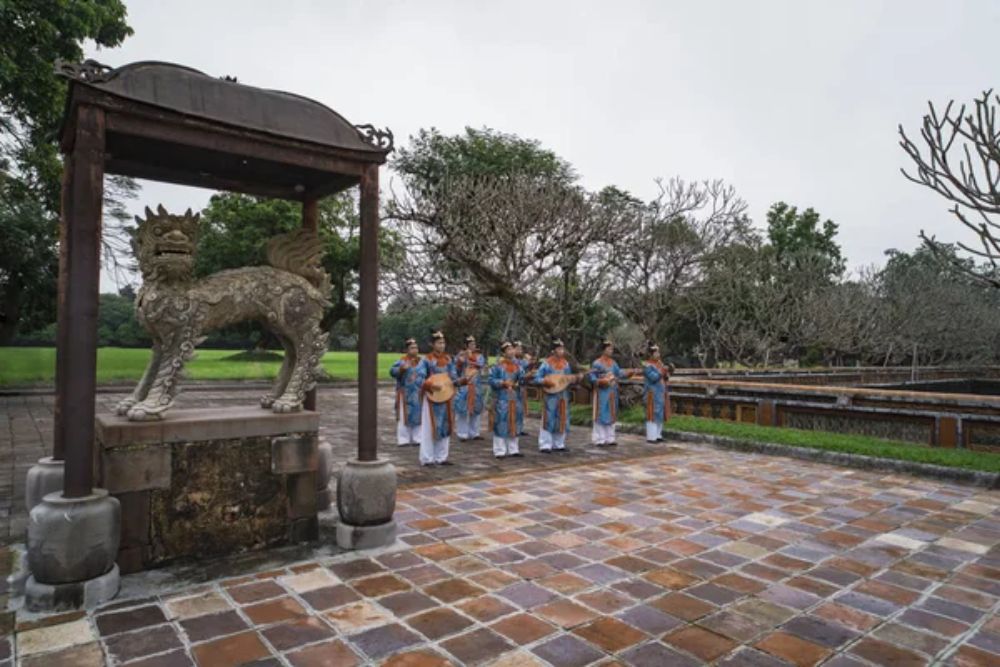
This sophisticated court music tradition developed during the Nguyen Dynasty as ceremonial entertainment for imperial occasions. Performers play meticulously crafted instruments, including the dan tranh (zither), dan nguyet (moon lute), and various percussion instruments, while wearing elaborate traditional costumes.
Despite nearly disappearing after the fall of the monarchy, preservation efforts have revitalized this refined art form through regular performances at Hue’s historic venues.
Hanoi’s Temple of Literature
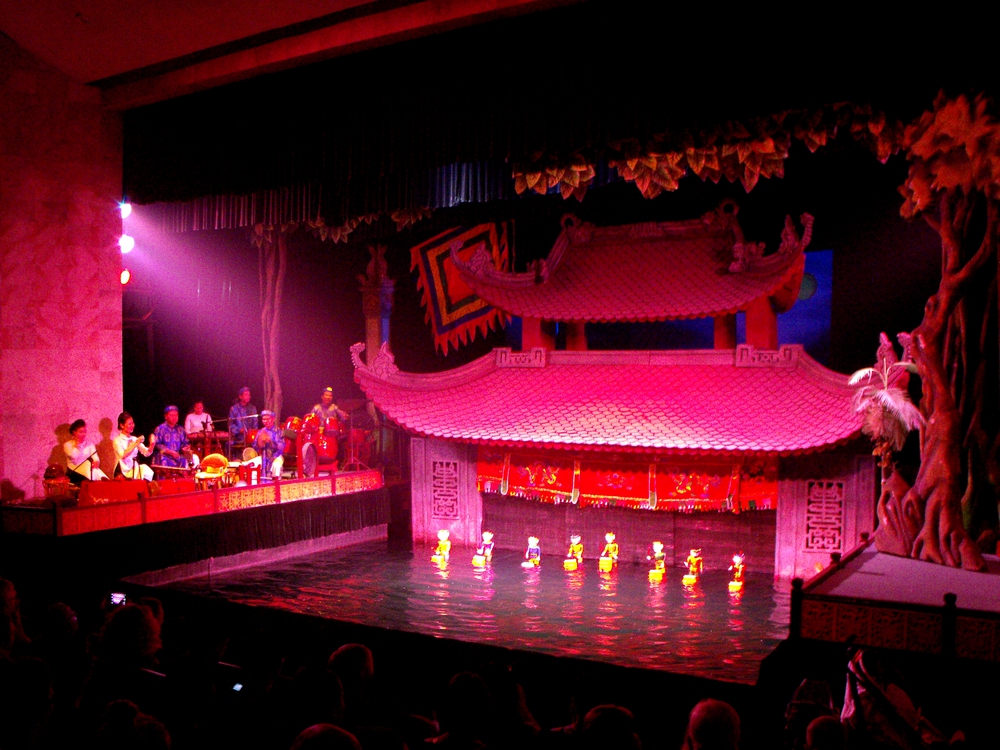
Established in 1070 as Vietnam’s first national university, this Confucian temple complex honors scholarly achievement and Vietnam’s educational heritage. Stone stelae mounted on turtlebacks record the names of successful doctoral candidates from imperial examinations between 1442 and 1779.
The thoughtfully designed courtyards, pavilions, and gardens exemplify traditional Vietnamese architecture while creating an atmosphere conducive to contemplation and learning.
Cao Bang’s Ban Gioc Waterfall
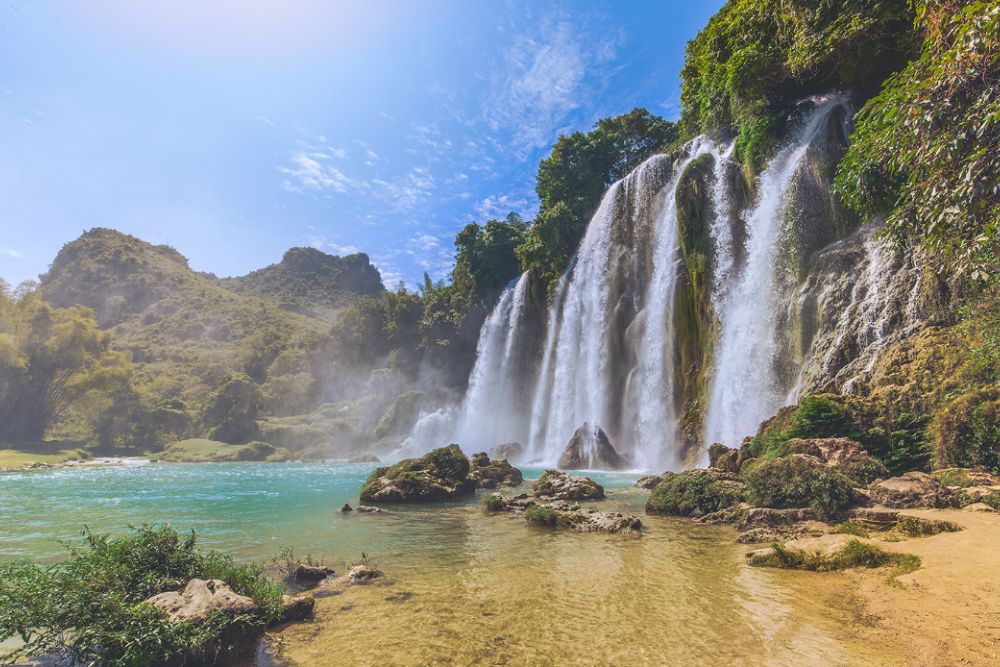
Beyond its natural beauty, this area along the Chinese border illustrates the shared cultural heritage of communities divided by national boundaries. The Tay and Nung ethnic groups maintain traditions on both sides of the frontier, including distinctive indigo-dyed clothing, bamboo pole dances, and culinary practices.
Local markets facilitate cross-border interactions where similar languages and customs reveal connections stronger than political divisions.
Like Travel Pug’s content? Follow us on MSN.
Dong Ho Folk Painting Village
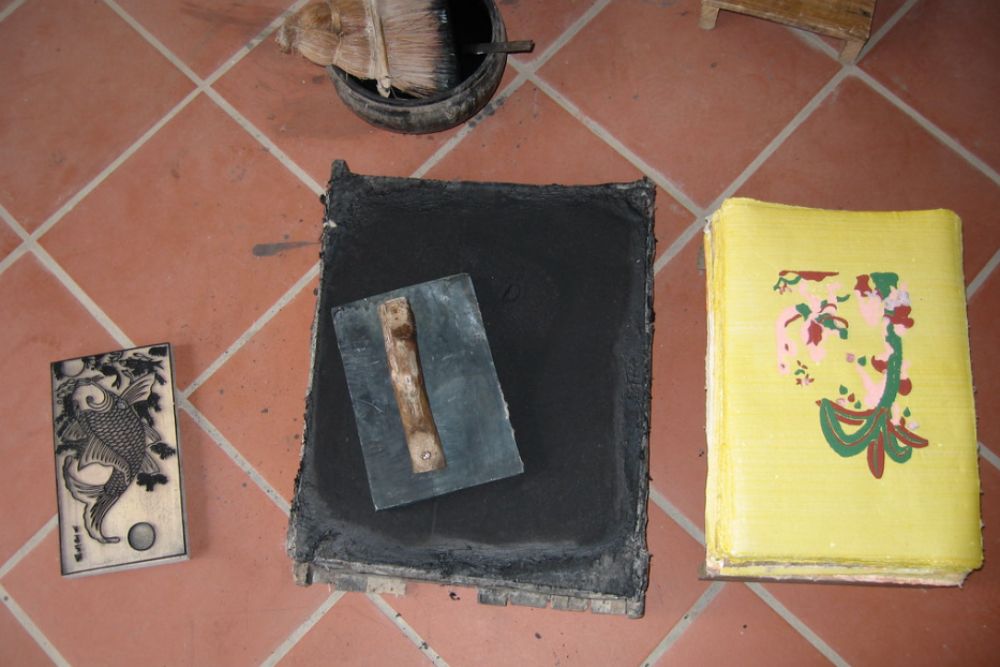
In this village near Hanoi, artists preserve a traditional printmaking technique dating back to the 11th century. The distinctive paintings use natural pigments applied to paper made from the crushed bark of the dó tree. Simple yet expressive illustrations depict traditional stories, rural life, and symbolic animals with bold outlines and vibrant colors.
Though once created as New Year decorations, these woodblock prints now represent an important Vietnamese folk art being revitalized by contemporary practitioners.
Ninh Binh’s Ancient Capitals
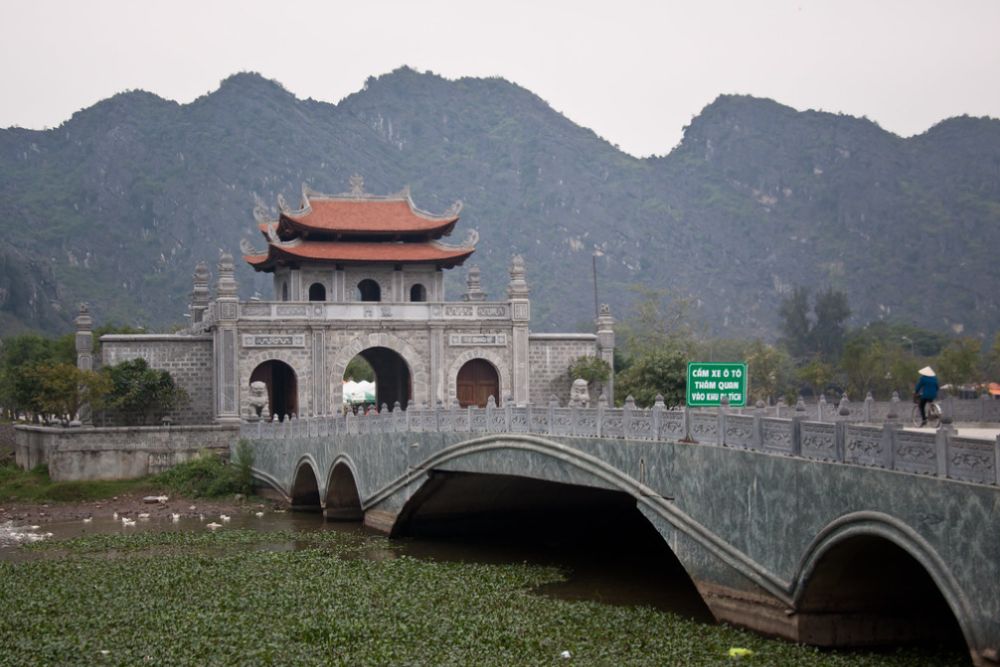
This region served as Vietnam’s political center during several early dynasties, leaving behind an impressive cultural landscape of temples, citadels, and stone churches. The ancient capital of Hoa Lu contains temples dedicated to Vietnam’s first emperors, with architecture that combines Chinese influences with distinctly Vietnamese elements.
Nearby Phat Diem Cathedral represents a remarkable fusion of European Catholic design with traditional East Asian temple aesthetics, including pagoda-like roofs and stone dragon carvings.
Non La Village
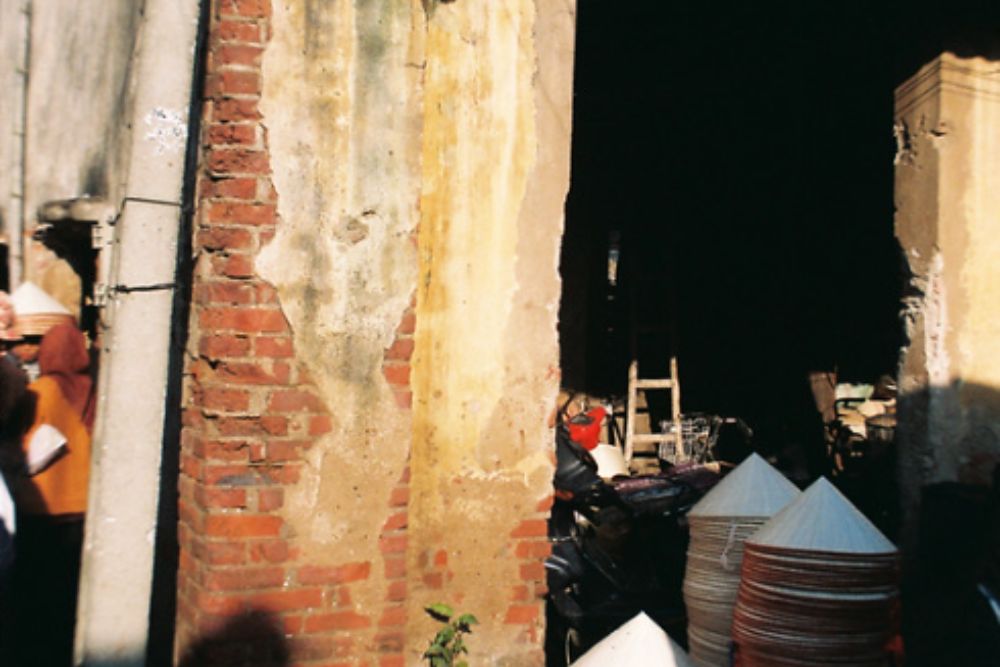
Artisans in this expert community produce Vietnam’s signature conical hats through centuries-honed techniques. Workers split bamboo into extremely thin strips, palm leaves are molded into a precise design, and the whole thing gets stitched together with traditional implements.
The most advanced styles include poems or landscapes that appear visible when the hat is held against a light. These functional objects shield people from the sun and rain while expressing Vietnamese cultural identity through their delicate subtlety and flawless functionality.
Like Travel Pug’s content? Follow us on MSN.
Cultural Crossroads
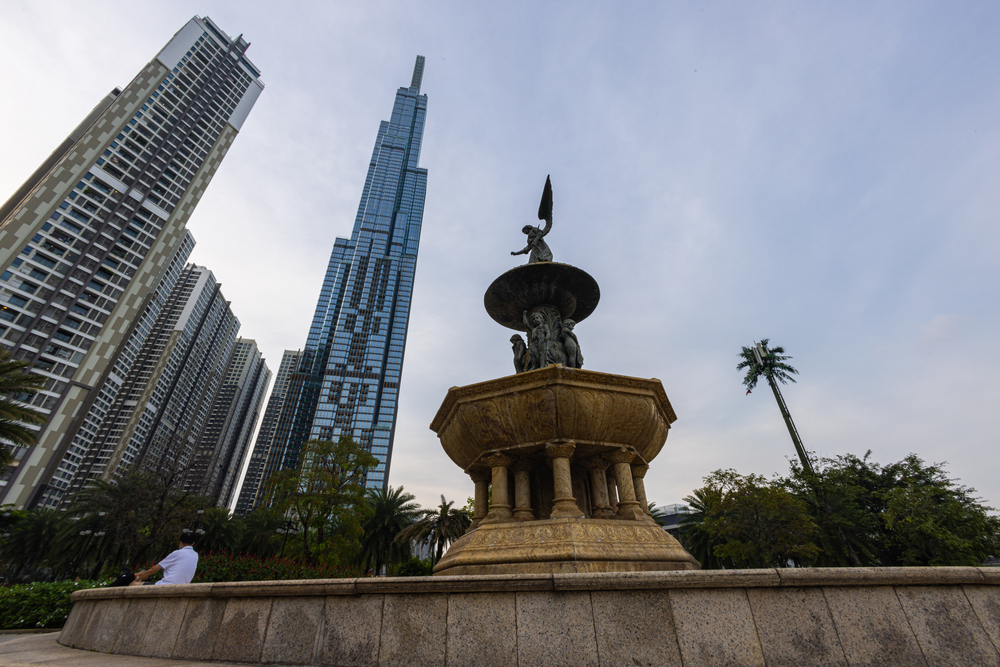
Vietnam’s cultural landscape continues to evolve as communities balance preservation with innovation. Historic sites undergo careful restoration, while traditional crafts find new markets and expressions.
This dynamic interplay between honoring the past and embracing the future makes Vietnam particularly fascinating for cultural travelers. The destinations highlighted above offer windows into ancient traditions and contemporary adaptations, allowing visitors to appreciate the depth and resilience of Vietnamese culture across its many dimensions.
More from Travel Pug

- Cities Growing so Fast You Won’t Recognize Them in 10 Years
- 13 Destinations Where Tourists Regularly Regret Their Trip
- 20 Obscure WWII Sites Even History Buffs Don’t Know About
- 10 Under-the-Radar Mountain Towns That Are Both Affordable and Beautiful
- 20 Abandoned Places That Feel Like Real-Life Post-Apocalyptic Movie Sets
Like Travel Pug’s content? Follow us on MSN.
